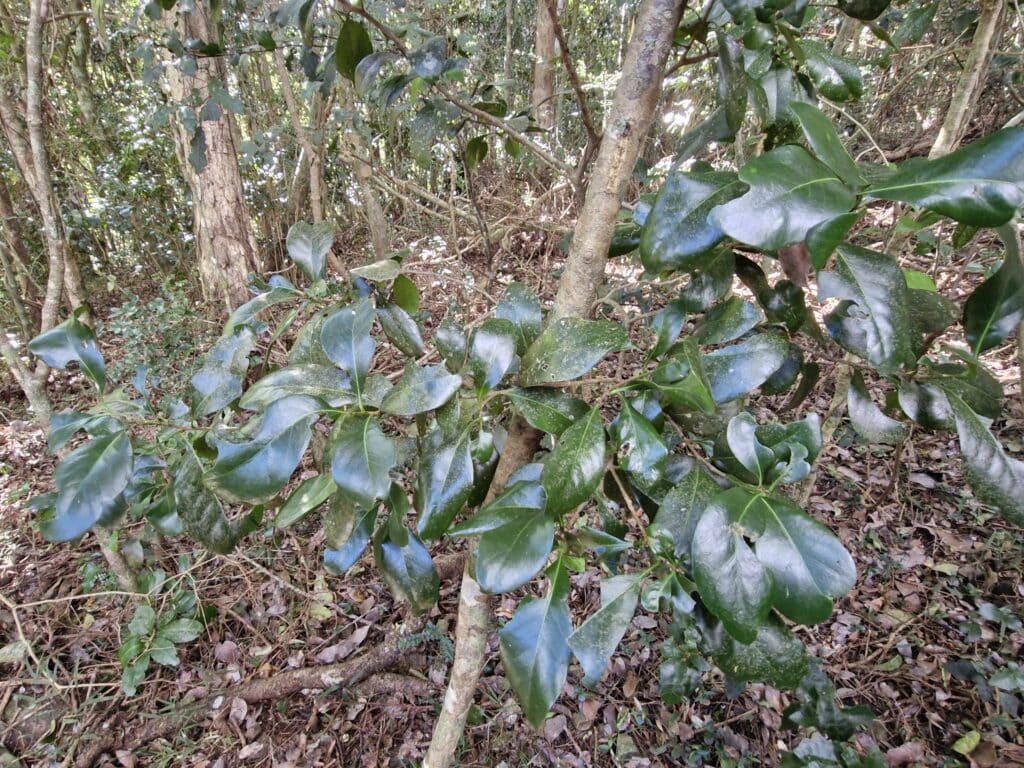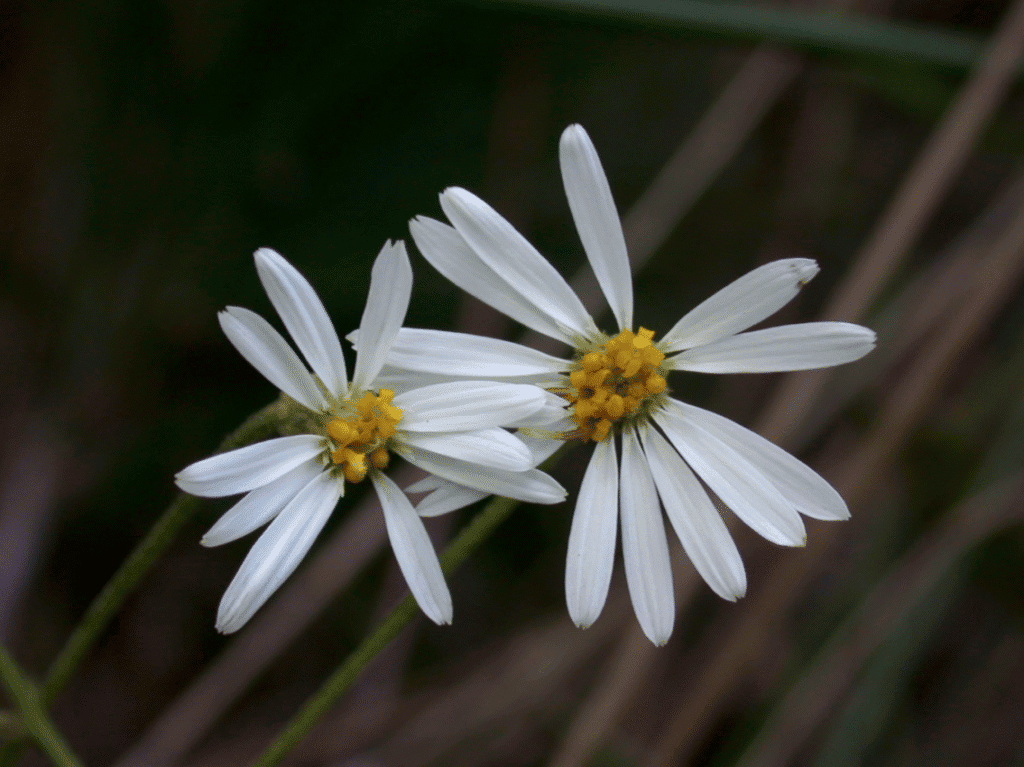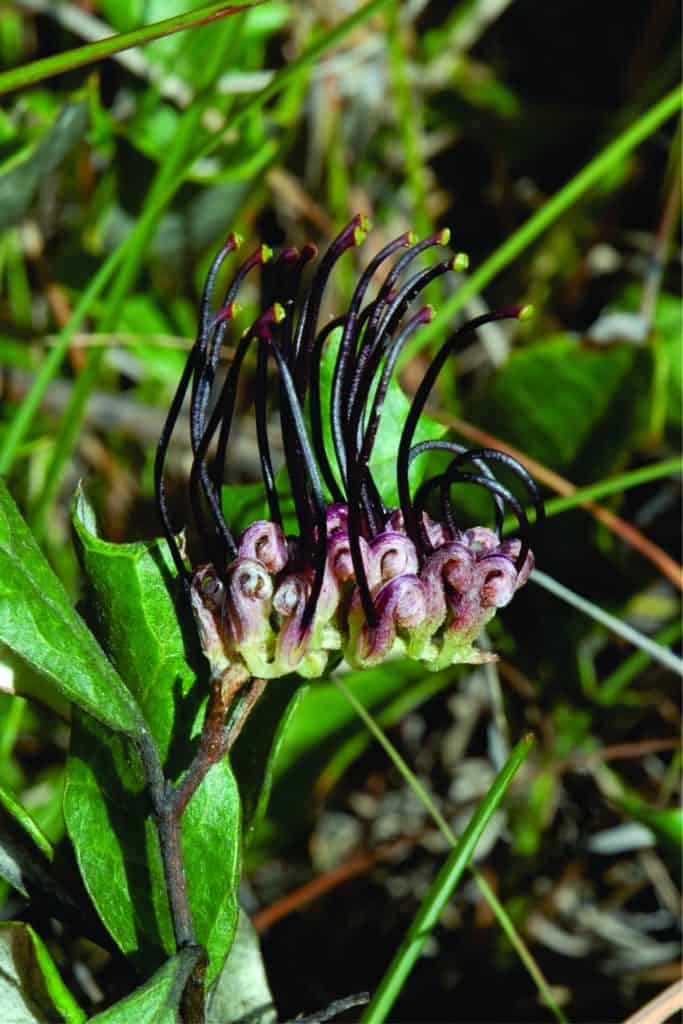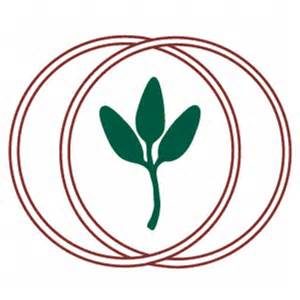QTPN Threatened Flora Recovery Planning
Queensland is the most biodiverse state in Australia with over 14,000 species of native plants and plant-like species such as algae and lichens. Almost 800 of these plants are listed as threatened, making up 74% of all of Queensland’s threatened species.
Recovery Action Plans (RAPs) offer an effective means of consolidating community effort on threatened plant species with overlapping ranges, habitats, threatening processes and management actions on a range of tenures (private land, council reserves, State Forests and National Parks). The process of developing these RAPs leverages off the unique role that community-based environmental groups play in delivering conservation outcomes in their local communities, continuing to build community ownership of recovery activities, and thereby delivering a lasting conservation legacy for the region.
The Queensland Threatened Plant Network (QTPN*) is working collaboratively with various community groups to deliver RAPs and actions for some of Queensland’s threatened plants, some examples are given below.
Black Plum (Planchonella eerwah)
 The Black Plum project was initiated by Eucalyptus Collective and Koalas on the Green in partnership with the QTPN and participating Local Government Authorities (Sunshine Coast, Ipswich, Logan, Gold Coast and Scenic Rim). The endangered Black Plum is a canopy tree with distinctive blackish fruit restricted to drier rainforest communities across the hinterland of both the Sunshine and Gold Coasts. Historically this species is threatened by land clearing, weed invasion, unmanaged fire and invertebrate and vertebrate pest species. It is thought that <500 individuals exist
The Black Plum project was initiated by Eucalyptus Collective and Koalas on the Green in partnership with the QTPN and participating Local Government Authorities (Sunshine Coast, Ipswich, Logan, Gold Coast and Scenic Rim). The endangered Black Plum is a canopy tree with distinctive blackish fruit restricted to drier rainforest communities across the hinterland of both the Sunshine and Gold Coasts. Historically this species is threatened by land clearing, weed invasion, unmanaged fire and invertebrate and vertebrate pest species. It is thought that <500 individuals exist
Key recovery activities completed to 30 June 2025 include:
- Threats-based workshop at Logan City Council in October 2024 (with representatives from Scenic Rim, Sunshine Coast, Logan and Gold Coast City Councils).
- First Field Day to visit and assess Black Plum populations at Mt Elliot (private property) in December 2024.
- Resurvey of known Black Plum sites by participating councils to build an accurate figure of current population sizes including Triunia Environment Reserve and Triunia National Park (52 individual plants) and Mt Elliot (>100 individuals).
- Management action-based workshop at Logan City Council in May 2025.
- Second Field Day to visit and assess Black Plum populations at Ormeau (Darlington Range) in June 2025.
- Third Field Day to Bahrs Scrub to assess local Black Plum populations in September 2025.
- Development of a video on the ecology and recovery of the Black Plum (Natura Pacific).
Swamp Daisy (Olearia hygrophila)
 Historically an extremely rare species, Swamp Daisy populations on Minjerribah (North Stradbroke Island) have been steadily declining since a thorough investigation in 1993 estimated that the then total number of plants was 150 individuals. The species faces myriad threats, including altered fire regimes, weed invasion, changes in underlying hydrology, potential inbreeding due to small population size, inadvertent trampling and saltwater inundation from extreme weather events. Swamp Daisy is a critically endangered daisy found in swampy areas and wet heath only on Minjerribah. It is a cryptic species, with specific habitat requirements, and an incredible ability to blend into the landscape. At present, it appears that less than 10 individual plants survive.
Historically an extremely rare species, Swamp Daisy populations on Minjerribah (North Stradbroke Island) have been steadily declining since a thorough investigation in 1993 estimated that the then total number of plants was 150 individuals. The species faces myriad threats, including altered fire regimes, weed invasion, changes in underlying hydrology, potential inbreeding due to small population size, inadvertent trampling and saltwater inundation from extreme weather events. Swamp Daisy is a critically endangered daisy found in swampy areas and wet heath only on Minjerribah. It is a cryptic species, with specific habitat requirements, and an incredible ability to blend into the landscape. At present, it appears that less than 10 individual plants survive.
A Recovery Action Plan for this critically endangered species has been completed, accepted by the Quandamooka Yoolooburrabee Aboriginal Corporation (QYAC) Board, and endorsed by the Department of Environment, Tourism, Science and Innovation (DETSI). As far as the QTPN is aware, this is the first Traditional Owner endorsed Recovery Action Plan for a plant species in Queensland.
Key milestones to 30 June 2025 include:
- Threats-based workshop attended by Quandamooka and local environmentalists in June 2024.
- Resurveys of both known populations by QYAC Land and Sea Rangers and Recovery Team members in April and November 2024 – only six Swamp Daisy individuals found.
- Drafting of recovery-based management actions for Swamp Daisy.
- Finalisation of Swamp Daisy Recovery Action Plan (RAP) and presentation to the QYAC Board in March and April 2025.
Tassel Ferns (Phlegmariurus, Lycopodiaceae)
Tassel Ferns are the earth’s oldest epiphytes, dating back to the Jurassic. They are icons of old and ever wet rainforests, but due to habitat loss and overexploitation, all thirteen species are now considered threatened. Tassel Ferns differ from many other threatened species in having wide ranges but extremely low population numbers, meaning they are not well protected by single-site recovery. Twenty years of monitoring has shown that Phlegmariurus are declining across their range including the Critically Endangered Blue Tassel Fern Phlegmariurus dalhousieanus.
During the course of developing this Recovery Action Plan, Australian Tropical Herbarium and QTPN have convened several discussions focussed on raising awareness of all 13 Tassel Fern species with land managers located in Northern Qld such as WETMA, Terrain, Climate Force, Queensland Parks & Wildlife Service, Daintree landholders and Rainforest Rescue https://www.rainforestrescue.org.au/exploring-tassel-ferns/
 Other active Recovery Action Plans supported by QTPN, in collaboration with the Stanthorpe Rare Wildflower Consortium and DETSI TSO staff:
Other active Recovery Action Plans supported by QTPN, in collaboration with the Stanthorpe Rare Wildflower Consortium and DETSI TSO staff:
- Eucalyptus dalveenica (Blue Box) – a newly identified critically endangered Eucalypt found just north of Stanthorpe that is restricted to approximately 344 individuals on private property.
- Grevillea scortechinii subsp. scortechinii (Black Grevillea) – this unique critically endangered Grevillea with purple-black flowers is largely restricted to roadsides and a total population of just over 1000 plants.
Both these critically endangered species are found on the Granite Belt in Southern Queensland.
* The QTPN was launched in March 2024 in partnership with DETSI to facilitate a collaborative approach to threatened plant recovery in Queensland.
Contact QTPN Project Manager Paul Donatiu for more information.
Banner image: Participants on the second Black Plum Field Day at Ormeau (Darlington Range) in June 2025 (Paul Donatiu in back row, right of centre). Credit: Rusty Linnane.
Other images from top: Black Plum leaves; Swamp Daisy, Grevillea scortechinii subsp. scortechinii. Credits: Paul Donatiu
